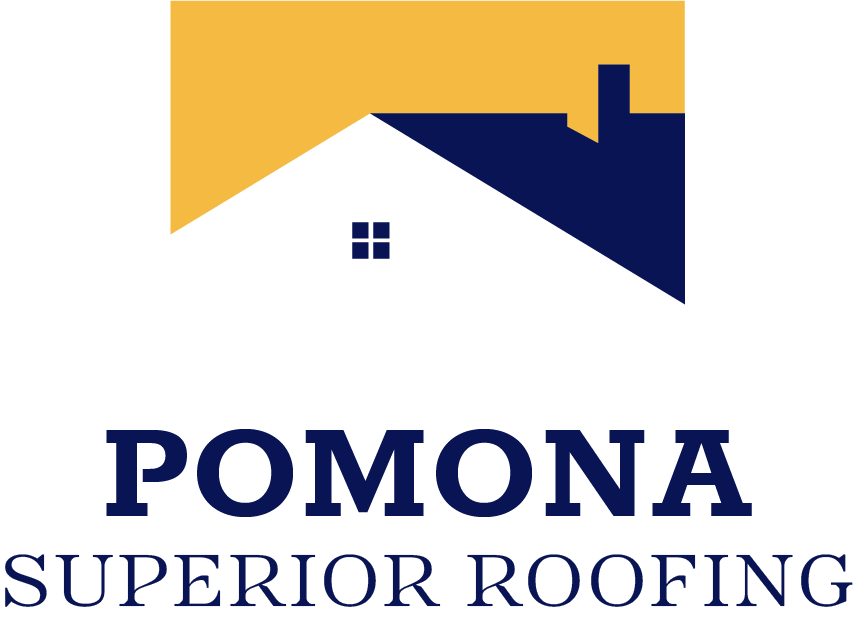Professional Roof Storm Damage Repair Services in Pomona, CA
Expert Roof Storm Damage Repair for Pomona Valley Properties
Storms can cause serious damage to your roof, leaving your home vulnerable to water intrusion, structural issues, and costly secondary damage. At Pomona Superior Roofing, we specialize in quick and reliable roof storm damage repair using proven techniques and quality materials to protect your property and fully restore your roof's structural integrity and weather resistance.
We know how critical it is to address storm damage immediately to prevent minor issues from escalating into major structural problems and expensive interior damage. Our experienced team is trained and equipped to handle all types of storm damage, from missing or damaged shingles and compromised flashing to severe leaks, punctures, and structural concerns, ensuring your roof is completely safe, secure, and weather-ready.
When you choose us, you get trusted emergency service with transparent communication, detailed damage assessments, and superior workmanship that stands the test of time. We work directly with insurance companies to streamline your claims process and are ready to respond quickly to help you get your roof back in optimal condition after any storm, protecting your family and your investment.
Our Storm Damage Repair Services
We provide detailed inspections, fast emergency repairs, and complete roof restoration after storm damage. Our goal is to protect your home by fixing all issues caused by wind, rain, and debris.
Damage Assessment
We start by carefully inspecting your roof from the ground and on the roof surface. We look for missing or broken shingles, damaged flashing, leaks, and structural weaknesses.
Our team uses special tools to check for hidden water damage inside your attic and walls. We take photos and document all damage to help with insurance claims.
During the assessment, we explain what repairs are urgent and what can wait. This clear plan helps you understand the exact work needed to keep your home safe.
Emergency Repairs
When storms hit, we offer quick temporary repairs to stop water from entering your home. We patch holes, secure loose shingles, and cover damaged areas with tarps.
Our emergency service is available 24/7. We respond fast to reduce further damage from rain and wind.
After the temporary fix, we schedule a full repair or replacement. This fast response helps prevent mold and bigger structural problems.
Roof Restoration
We restore your roof by replacing damaged shingles, fixing flashing, and sealing leaks. We use high-quality materials to ensure long-lasting results.
Our team also checks gutters and vents to make sure the whole roofing system works properly. We clean up debris to leave your property safe and tidy.
If the roof damage is severe, we provide a full roof replacement using the best techniques and products available.
Materials and Techniques We Use
Quality Roofing Materials
We use roofing materials designed to withstand storms, such as asphalt shingles with high wind ratings and impact-resistant metal panels. These materials reduce the chance of future damage.
Our suppliers provide certified, durable products that meet industry standards. We also choose materials that match the existing roof for a seamless look.
In some cases, we use synthetic underlayment to add water resistance. This helps prevent leaks after heavy rain or hail. Choosing the right materials is key to a lasting repair.
Advanced Techniques
We apply techniques that restore the roof’s structure and integrity safely. This includes removing damaged parts carefully, reinforcing the deck, and ensuring proper nail placement.
We use sealants that resist water and temperature changes. These sealants help bond materials and prevent leaks. We also check for loose flashing and repair it to stop water intrusion.
Our team installs new layers with exact spacing and alignment. This helps the roof handle strong winds better. Precision during repair is crucial for roof durability.
Weatherproofing and Reinforcement
We add weatherproofing layers, like waterproof membranes, to improve protection. These layers stop water from entering under shingles or panels.
Reinforcing roof edges and valleys is another important step. We use metal drip edges and reinforced flashing to protect these vulnerable areas during storms.
Finally, we inspect and secure all fasteners. This reinforcement keeps the roof intact under strong gusts, making sure each repaired spot holds firm against future weather.
Maintenance and Prevention Tips After Storm Damage
After a storm, we recommend inspecting your roof carefully. Look for missing shingles, cracks, or any signs of water damage. Early checks can help prevent bigger problems later.
Clearing debris from the roof and gutters is important. Leaves, branches, and dirt can block water flow and cause leaks. We suggest cleaning these areas regularly.
We advise trimming overhanging tree branches near your roof. They can fall and cause damage during strong winds. Removing them reduces future risks.
Using a quality waterproof sealant on vulnerable areas helps protect your roof. Check for worn or damaged flashing around chimneys and vents. Fixing these spots can keep water out.
Following these maintenance steps helps us keep your roof in good shape. It also extends the life of the repairs we do after storm damage.
